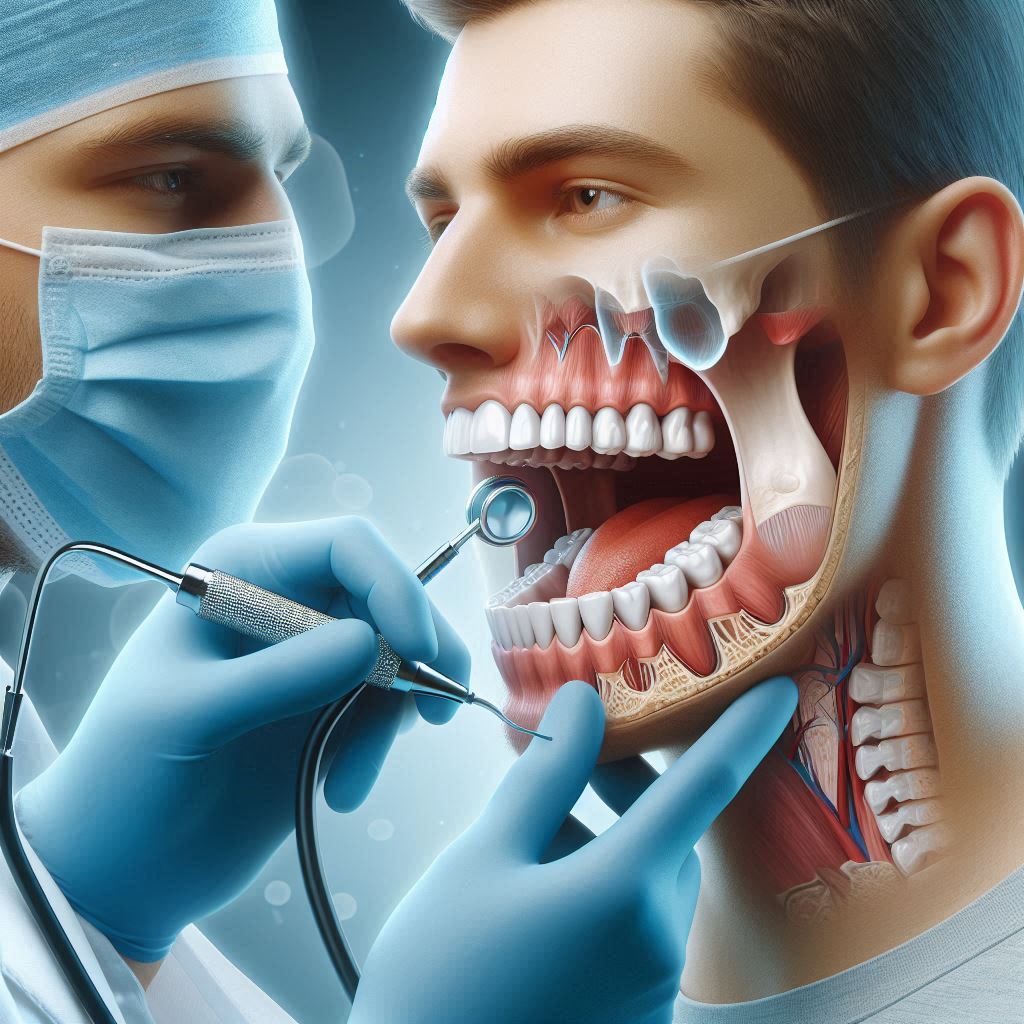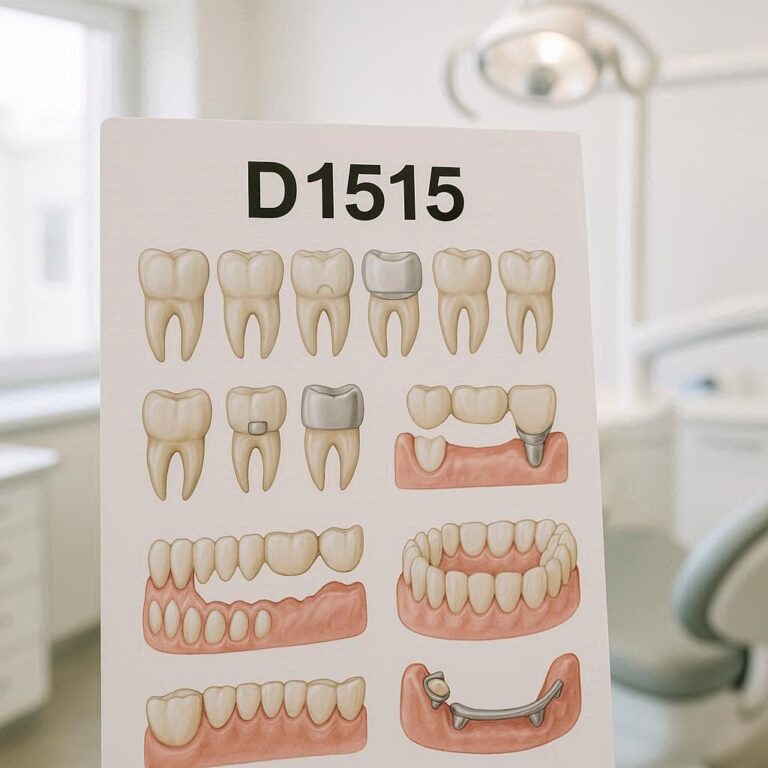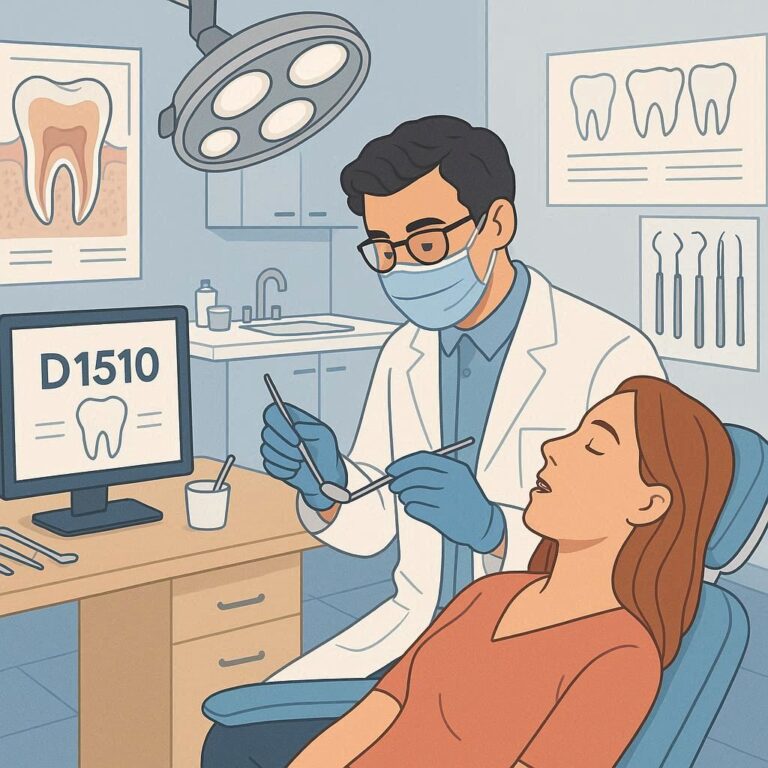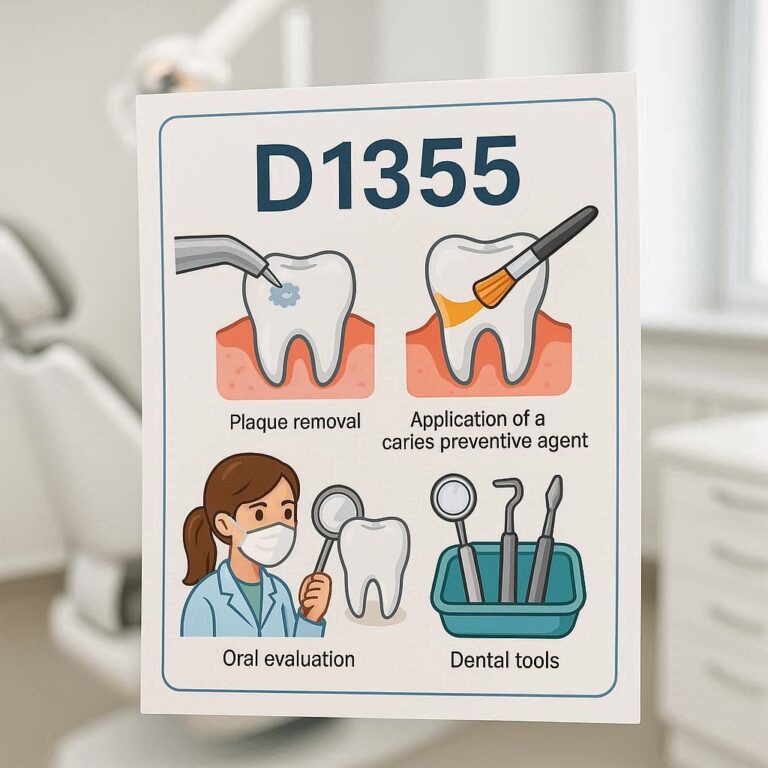ICD-10 Code for Dental Cavities Unspecified
Dental cavities, also known as dental caries or tooth decay, are one of the most prevalent chronic diseases worldwide. They affect individuals of all ages, leading to pain, infection, and even tooth loss if left untreated. Proper diagnosis and coding are essential for accurate medical billing, insurance claims, and patient care.
The ICD-10 code for unspecified dental cavities is K02.9, which falls under the category of “Dental caries, unspecified.” This code is crucial for dentists, healthcare providers, and medical coders to ensure proper documentation and reimbursement.
In this comprehensive guide, we will explore the ICD-10 Code for Dental Cavities Unspecified, the clinical aspects of dental cavities, treatment options, prevention strategies, and billing considerations. Whether you’re a dental professional, medical coder, or a patient seeking information, this article will provide valuable insights.

2. Understanding Dental Cavities
Dental cavities are permanently damaged areas in the hard surface of teeth that develop into tiny openings or holes. They result from a combination of factors, including bacteria, sugary foods, poor oral hygiene, and genetic predisposition.
Stages of Dental Cavity Formation
- Demineralization – Acid from bacteria erodes tooth enamel.
- Enamel Decay – Small white or brown spots appear.
- Dentin Decay – Decay spreads to the softer layer beneath enamel.
- Pulp Damage – Infection reaches the tooth’s nerve, causing severe pain.
3. What Is the ICD-10 Coding System?
The International Classification of Diseases, 10th Revision (ICD-10), is a globally recognized system used for diagnosing and coding medical conditions. It ensures uniformity in medical records, insurance claims, and statistical reporting.
Key Features of ICD-10
- More detailed than ICD-9 (over 68,000 codes).
- Includes laterality (left, right, bilateral).
- Allows for greater specificity in diagnoses.
4. ICD-10 Code for Dental Cavities Unspecified (K02.9)
The ICD-10 code K02.9 is used when a patient has dental caries, but the exact location or severity is not specified.
Related ICD-10 Codes for Dental Cavities
| ICD-10 Code | Description |
|---|---|
| K02.0 | Dental caries limited to enamel |
| K02.1 | Dental caries extending into dentin |
| K02.2 | Dental caries extending into pulp |
| K02.3 | Arrested dental caries |
| K02.9 | Dental caries, unspecified |
5. Clinical Significance of Dental Cavities
Untreated cavities can lead to:
- Tooth abscesses
- Gum disease
- Systemic infections (in severe cases)
Early diagnosis and treatment prevent complications and reduce healthcare costs.
6. Causes and Risk Factors of Dental Cavities
Primary Causes
- Bacterial Activity (Streptococcus mutans and Lactobacillus)
- Frequent Sugar Consumption
- Poor Oral Hygiene
Risk Factors
- Dry Mouth (Xerostomia)
- Acidic Diet
- Genetic Susceptibility
7. Symptoms and Diagnosis
Common Symptoms
- Toothache
- Sensitivity to hot/cold
- Visible holes in teeth
Diagnostic Methods
- Visual Examination
- Dental X-rays
- Laser Fluorescence Detection
8. Treatment Options for Dental Cavities
| Treatment | Description |
|---|---|
| Fluoride Treatment | Reverses early decay |
| Fillings | Restores decayed teeth |
| Root Canal | Treats infected pulp |
| Tooth Extraction | Removes severely damaged teeth |
9. Prevention Strategies
- Brush twice daily with fluoride toothpaste
- Floss daily
- Limit sugary snacks
- Regular dental check-ups
10. Impact of Untreated Dental Cavities
- Chronic pain
- Difficulty eating
- Increased risk of cardiovascular disease
11. Differences Between ICD-10 and ICD-9 Codes for Dental Cavities
ICD-10 provides more specificity, whereas ICD-9 had limited codes for dental conditions.
12. Common Misdiagnoses and Coding Errors
- Confusing K02.9 (unspecified) with K02.3 (arrested caries)
- Incorrect laterality documentation
13. Dental Cavities in Special Populations
- Children – Higher risk due to developing enamel
- Elderly – Dry mouth increases cavity risk
- Diabetics – Poor healing increases complications
14. Insurance and Billing Considerations
- Verify coverage for preventive vs. restorative treatments.
- Ensure accurate coding to avoid claim denials.
15. Future of Dental Coding (ICD-11 Updates)
ICD-11, set to replace ICD-10, will introduce even more detailed classifications.
16. Conclusion
Dental cavities (ICD-10: K02.9) are a common yet preventable condition. Proper diagnosis, treatment, and coding ensure optimal patient care and billing accuracy. By following preventive measures and staying informed about coding updates, dental professionals can improve oral health outcomes.
17. FAQs
Q1: What is the ICD-10 code for unspecified dental cavities?
A: The ICD-10 code is K02.9.
Q2: Can dental cavities lead to other health problems?
A: Yes, untreated cavities can cause infections, abscesses, and systemic issues.
Q3: How can I prevent dental cavities?
A: Brush twice daily, floss, reduce sugar intake, and visit your dentist regularly.
18. Additional Resources
- American Dental Association (ADA)
- World Health Organization (WHO) ICD-10 Guidelines
- Centers for Disease Control and Prevention (CDC) Oral Health


